Maritozzi al mosto di uve Sagrantino: ricetta tipica umbra
M a r i t o z z i a l m o s t o d i u v e S a g r a n t i n o : r i c e t t a t i p i c a u m b r a
I Maritozzo al mosto sono una delle ricette tipiche umbre, e visto che noi di Umbria ce ne intendiamo, siamo pronti a svelarvi i segreti di questa ricetta tradizionale!
Soprattutto durante il periodo autunnale, in concomitanza con il periodo della vendemmia, è bello rivivere le ricette tradizionali della nostra terra direttamente nelle nostre cucine. Stringersi in cucina e preparare assieme i maritozzi potrebbe essere un momento per condividere un momento speciale tra i fornelli!
Curiosità sul Mosto d’uva
Il mosto è ciò che si ottiene dalla pigiatura dell’uva appena vendemmiata. Il succo d’uva che si ottiene viene cotto in modo prolungato ad una temperatura controllata.
Il mosto è pronto quando appare denso e dal gusto dolce e zuccherino, di colore scuro (dal rossastro al violaceo) e dal profumo piuttosto intenso.
Ricordiamo che il mosto non è una bevanda alcolica poichè non è stato fermentato!
La ricetta dei Maritozzi al mosto di uve Sagrantino
Ingredienti per cucinare i Maritozzi al mosto
- 75 gr di lievito di birra
- 200 gr di zucchero
- 200 gr di olio di semi
- 3 uova
- 500 cl di mosto d’uva Sagrantino
- 100 gr di uvetta
- Olio EVO Montioni q.b
- Semi di anice a piacere
- Circa 2 kg di farina (per ottenere un impasto morbido)
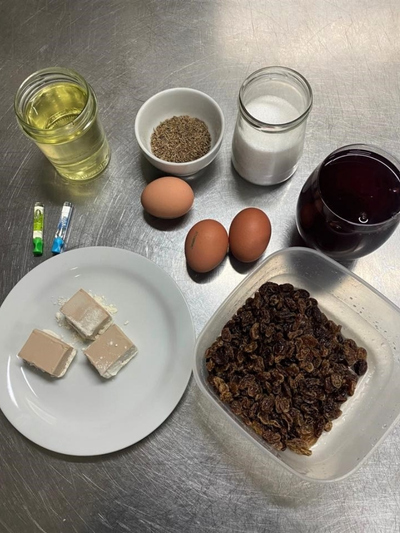
Procedimento
1) In un pentolino sciogliere 3 cubetti di lievito nel mosto d’uva Sagrantino precedentemente intiepidito.
2) Nel frattempo, in una ciotola montare le uova con lo zucchero
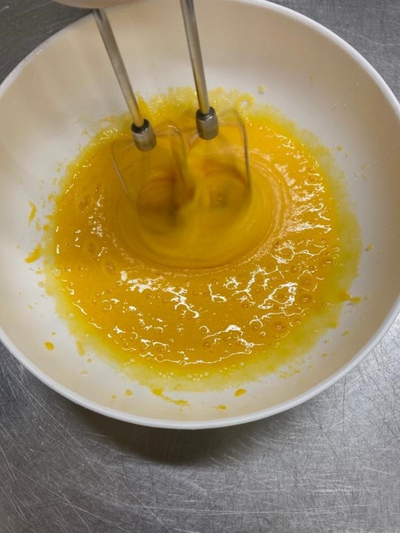
3) Aggiungere l’olio di semi, il mosto, 1,5 kg di farina, aroma di limone, aroma di vaniglia, anice e uvetta strizzata in precedenza.

4) Trasferire il composto sopra una tavola di legno e lavorare a mano aggiungendo altra farina, fino ad ottenere un impasto morbido.
5) A metà lavorazione ungere la base della tavola con l’Olio Extra Vergine di Oliva Montioni e ripiegare l’impasto più volte su sé stesso.
6) Riporre l’impasto all’interno di una ciotola capiente precedentemente infarinata, coprire con la pellicola trasparente e lasciare lievitare per circa 3 ore.

7) Terminata la lievitazione, rimettere sul piano di lavoro l’impasto e ripiegarlo più volte su sé stesso.
8) Finito il processo di ripiegatura, creare con l’impasto i Maritozzi dandogli forme a piacimento (trecce, ciambelle, palline, ecc.) e riporre il risultato ottenuto su teglie precedentemente ricoperte con carta forno.
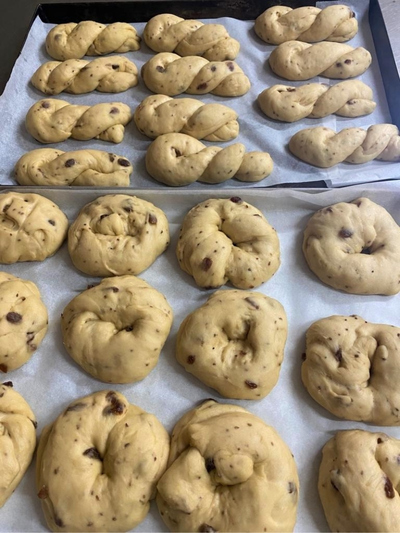
9) Lasciare lievitare i maritozzi per un minimo di altre 2 ore e infine cuocerli al forno a 190 gradi per 30 minuti circa.
10) L’ultimo tocco: a cottura terminata spennellare i maritozzi bollenti con un composto di acqua e zucchero.
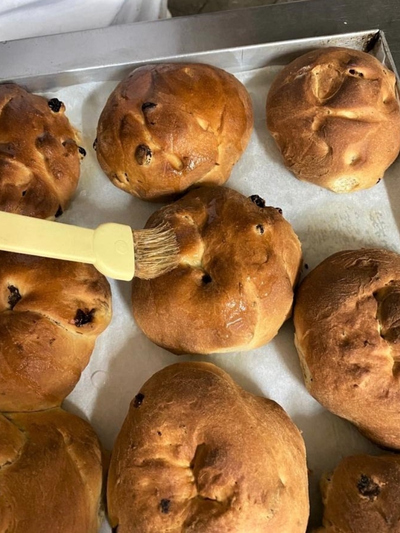
Risultato finale: i bellissimi Maritozzi al mosto di uve Sagrantino serviti in un elegante piatto autunnale!
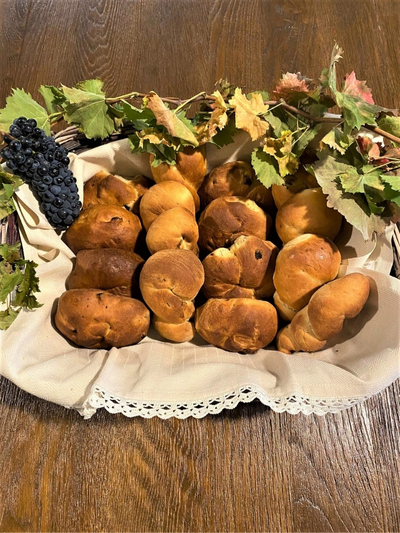
Speriamo che la nostra ricetta dei maritozzi vi sia piaciuta e per qualsiasi dubbio su ingredienti o preparazione noi dell’Azienda Agricola Montioni siamo pronti a darvi tutto il supporto e a svelarvi qualche segreto!
Scriveteci a info@gabrielemontioni.it
Alla prossima ricetta!
On occasion, the winemaker may decide to leave them in if the grapes themselves contain less tannin than desired. This is more acceptable if the stems have ‘ripened’ and started to turn brown. If increased skin extraction is desired, a winemaker might choose to crush the grapes after destemming.
Wine is one of the most civilized things in the world and one of the most natural things of the world that has been brought to the greatest perfection, and it offers a greater range for enjoyment and appreciation than, possibly, any other purely sensory thing.
Ernest Hemingway Tweet
Removal of stems first means no stem tannin can be extracted. In these cases the grapes pass between two rollers which squeeze the grapes enough to separate the skin and pulp, but not so much as to cause excessive shearing or tearing of the skin tissues. In some cases, notably with “delicate” red varietals such as Pinot noir or Syrah, all or part of the grapes might be left uncrushed (called “whole berry”) to encourage the retention of fruity aromas through partial carbonic maceration.
The Grapes
The quality of the grapes determines the quality of the wine more than any other factor. Grape quality is affected by variety as well as weather during the growing season, soil minerals and acidity, time of harvest, and pruning method. The combination of these effects is often referred to as the grape’s terroir.
Grapes are usually harvested from the vineyard from early September until early November in the northern hemisphere, and mid February until early March in the southern hemisphere.
In some cool areas in the southern hemisphere, for example Tasmania, harvesting extends into May. The most common species of wine grape is Vitis Vinifera, which includes nearly all varieties of European origin. The most common species of wine grape is Vitis Vinifera, which includes nearly all varieties of European origin.

Manual harvesting is the hand-picking of grape clusters from the grapevines. In the United States, some grapes are picked into one- or two-ton bins for transport back to the winery. Manual harvesting has the advantage of using knowledgeable labor to not only pick the ripe clusters but also to leave behind the clusters that are not ripe or contain bunch rot or other defects. This can be an effective first line of defense to prevent inferior quality fruit from contaminating a lot or tank of wine.
Destemming is the process of separating stems from the grapes. Depending on the winemaking procedure, this process may be undertaken before crushing with the purpose of lowering the development of tannins and vegetal flavors in the resulting wine. Single berry harvesting, as is done with some German Trockenbeerenauslese, avoids this step altogether with the grapes being individually selected.
Crushing is the process when gently squeezing the berries and breaking the skins to start to liberate the contents of the berries. Destemming is the process of removing the grapes from the rachis (the stem which holds the grapes).
In traditional and smaller-scale wine making, the harvested grapes are sometimes crushed by trampling them barefoot or by the use of inexpensive small scale crushers. These can also destem at the same time. However, in larger wineries, a mechanical crusher/destemmer is used. The decision about destemming is different for red and white wine making. Generally when making white wine the fruit is only crushed, the stems are then placed in the press with the berries. The presence of stems in the mix facilitates pressing by allowing juice to flow past flattened skins.
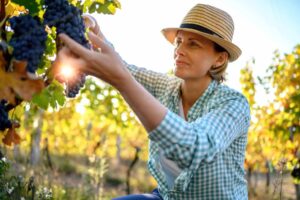
Katerina Monroe
@katerinam • More Posts by Katerina
Congratulations on the award, it's well deserved! You guys definitely know what you're doing. Looking forward to my next visit to the winery!
